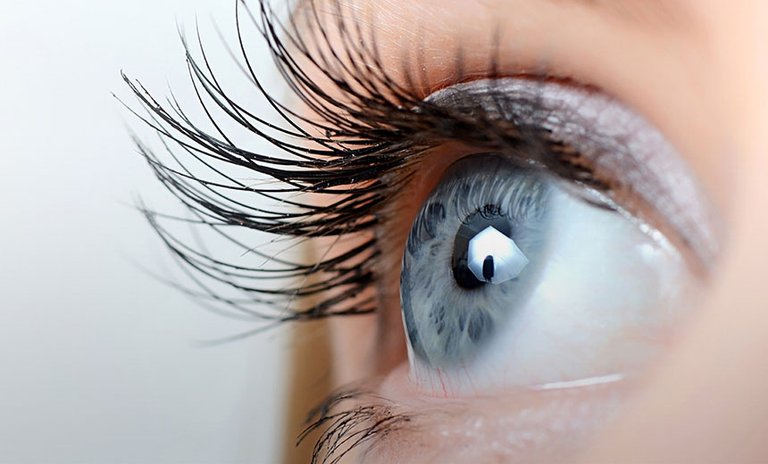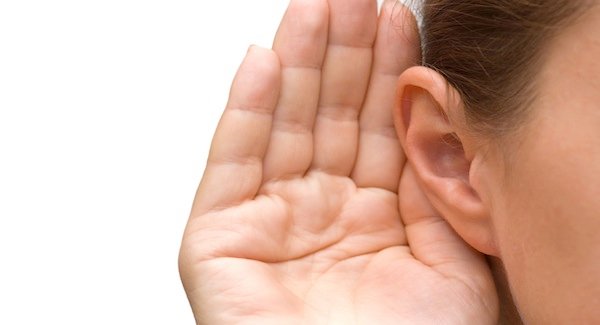The Cranial and Spinal Nerves #Without them you cannot function
A nerve is a bundle of neuron fibers that transmit impulses through the body, mostly from the organs to the brain and or spinal cord or vice versa. A neuron on the other hand is specialized cell whose function mainly is to transmit electrical impulses within the body. There are 12 Cranial Nerves. The 12 pairs of cranial nerves arise from the brain. By convention, the cranial nerves are designated by Roman numerals (I-XII) from anterior to posterior. The cranial nerves also have names. In numeric order, this mnemonic can help you remember their names: On Occasion Our Trusty Truck Acts Funny; Very Good Vehicle Any How. The mnemonic corresponds to the Olfactory (I), Optic (II), Oculomotor (Ill), Trochlear (IV), Trigeminal (V), Abducent (VI), Facial (VII),Vestibulocochlear (VIII), Glossopharyngeal (IX), Vagus (X), Accessory (XI), and Hypoglossal (XII) nerves.

Their Origin and Function
The olfactory nerve (I) is a sensory nerve meaning it sends impulses to the brain, it provides a sense of smell, it comes from the nasal olfactory epithelium and may be tested simple by asking one to smell a nice perfume or any aromatic substance for that matter.
The Optic nerve (II) is also a sensory nerve and it is responsible for sight or the provision of vision, it stems from the retina at the back of the eye through the optic canal. It emanating fibers eventually end at the occipital lobe of the brain although not all the fibers go there. It is tested using the visual acuity chart, probably the first thing you will see on the walls of the Opometry Clinic.
The Oculumotor nerve (III) is a motor nerve meaning it does the opposite of what the other two already discussed does, it sends from the brain mainly to muscles. It is responsible for regulating the amount of light that enters the eye by regulating the iris muscles which regulate the pupil size, it innervates four of the six extraocular muscles in other words helps you move your eyes and also helps you open your eyes thus innervates the upper eye lids. It arises from the mid-brain and it may be tested by asking patients to follow a penlight whens observing the movement of the eyes or examining the pupil size with the same instrument.
The Trochlear nerve (IV) is also a motor nerve and innervates the superior oblique muscle, it also responsible for some kind of proprioception. It also arises from the brain-stem and is tested using the penlight and eye following.

The trigeminal nerve (V), this one has both motor and sensory functions, controls the muscles that allow us to chew and that of the one in the floor of the mouth, provides sensation to the surface of the eye and allow us to feel our teeth and the skin on our face. It has three division; the ophthalmic branch, maxillary branch and mandibular branch. It arises from the pons.
The abducens nerve (VI) is a motor nerve and innervates the lateral rectus muscles which allows to look lateral with respect to each eye, also contribute some amount of proprioception, it arises from the inferior pons and is tested with the pen touch eye movement.
The facial nerve (VII); just as the name suggest it innervates the face but not only that, whiles allowing you to have a facial expression, it also allow you to cry and salivate and at the same taste enjoy you food via the sense of taste. It has mixture of both motor and sensory functions and to test it the anterior 2/3 of the tongue is made to taste sweet, sour and bitter things. It arises from the pons.
The Vestibulocochlear nerve (VIII) also known as acoustic has the main functions of hearing and ensuring equilibrium or balance. It is purely sensory in nature and arises from the inner ear. Testing is via the use of a tuning fork.
The Glossopharyngeal nerve (IX), it has mix function of sensation and motor, allows us to swallow and control our pharynx muscles and allows us to salivate and taste at the back end of the tongue. It arises from the mid-brain and it tested by checking one's gag and swallow reflexes.
The Vagus nerve (X) is a mixed nerve with both sensory and motor functions, It allows us to talk and swallow food. It ensures that our heart keeps pumps blood and our thoracic and abdominal organs continue to do what they are supposed to do. It arises from the medulla.
The accessory nerve (XI) is a motor nerve which enable us to move our neck, back, pharynx, larynx and soft palate. It arises from the medulla and can be tested simply by asking patient to rotate the head.

The hypoglossal nerve (XII), it a motor nerve which arises from the medulla and allows one to move the tongue. A simple test include asking patient to move the tongue.
Spinal Nerves
The 31 pairs of spinal nerves originate in the spinal cord and exit through the vertebrae. They include eight cervical, 12 thoracic, five lumbar, and five sacral pairs and one pair of coccygeal nerves. They're designated according to the level of the vertebral column where they emerge; for instance, T1 refers to the first spinal nerve exiting from the thoracic segment of the vertebral column. Each spinal nerve contains a dorsal (sensory, or afferent) root and a ventral (motor, or efferent) root. Cell bodies of afferent fibers lie outside the spinal cord in the dorsal root ganglion. Cell bodies of efferent fibers lie within the ventral gray column of the cord. Spinal nerves divide into branches called rami; ventral rami exit the anterior portion of the spine, and dorsal rami exit the posterior portion. The ventral rami of the first four cervical nerves form the cervical plexus; this plexus connects with cranial nerves XI and XII, phrenic nerves, and the skin and muscles of the head, neck, and upper part of the shoulders.The ventral rami of spinal nerves C5 to C8 and T1 (with contributions from C4 and T2) form the brachial plexus; this plexus provides the entire nerve supply to the arms and several neck and shoulder muscles. The ventral rami of spinal nerves L1 to L4 form the lumbar plexus, which supplies the anterolateral abdominal wall, external genitals, and part of the legs. The ventral rami of spinal nerves L4 to L5 and S1 to S4 form the sacral plexus, which supplies the buttocks, perineum, and legs.
Damage to a spinal nerve can lead to muscular paralysis or loss of sensation in the area supplied by the nerve, most spinal nerves innervate specific areas of the skin called dermatomes, testing each dermatome helps determine which spinal nerve has been affected
REFERENES
stomih Mtui, Gregory Gruener, M. J. T. FitzGerald, (2011), Clinical Neuroanatomy and Science, 6th Edition, Saunder elsevier publication.
Richard S. Snell,(2010), Clinical Neuroanatomy, 7th edition, Lippincott Williams & Wilkins.
Richard S. N








Hello! I find your post valuable for the wafrica community! Thanks for the great post! We encourage and support quality contents and projects from the West African region.
Do you have a suggestion, concern or want to appear as a guest author on WAfrica, join our discord server and discuss with a member of our curation team.
Don't forget to join us every Sunday by 20:30GMT for our Sunday WAFRO party on our discord channel. Thank you.
This project is being supported by @Fundition the next-generation, decentralized, peer-to-peer crowdfunding and collaboration platform, built on the Steem blockchain.
Read the full details of Fundition Fund program
Learn more about Fundition by reading our purplepaper
Join a community with heart based giving at its core
Fundition is a non profit project, by supporting it with delegation you are supporting 200+ projects.
50SP100SP200SP500SP1000SP2000SP5000SP10000SP
@bettervision You have received a 100% upvote from @botreporter because this post did not use any bidbots and you have not used bidbots in the last 30 days!
Upvoting this comment will help keep this service running.
Thanks
I didn't know that mnemonic, only one in Spanish, though I wondered if it had an equivalent in English. Very good and precise article, you summed up the functions and characteristics of all cranial nerves very nicely, thanks for sharing!
Posted using Partiko Android
Thanks for passing through